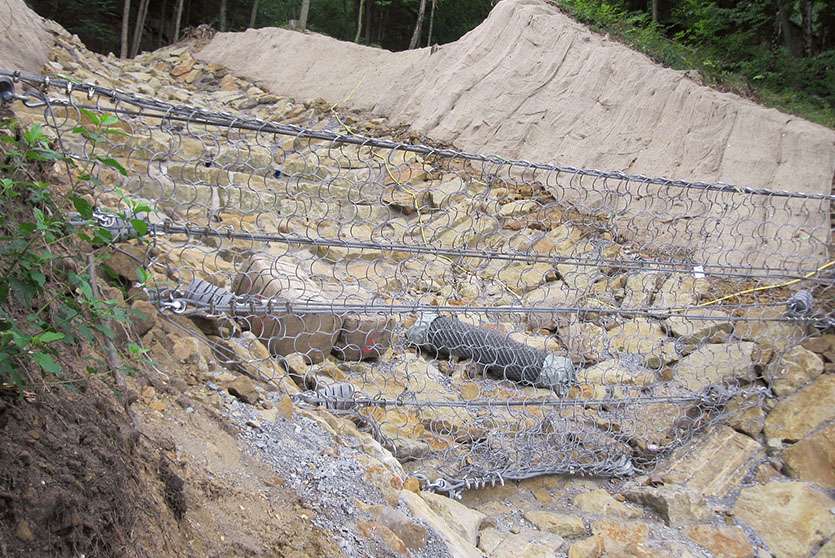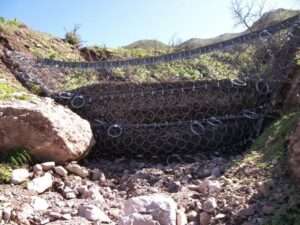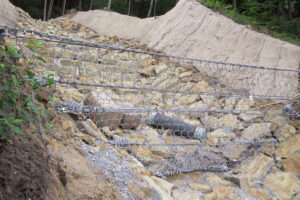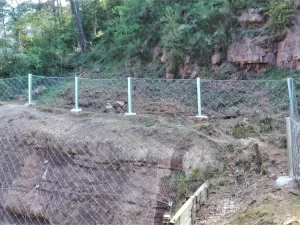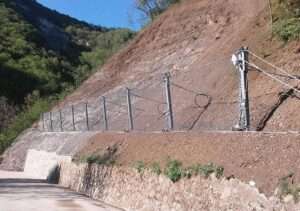Introduction
Debris flows are rapid, gravity-driven movements of a mixture of water, soil, rocks, and other debris down steep slopes. They pose significant risks to communities, infrastructure, and the environment, particularly in areas prone to heavy rainfall, wildfires, or seismic activity. To mitigate these risks, debris flow barriers have emerged as essential tools for safeguarding lives and properties. This article explores the functionality, types, and effectiveness of debris flow barriers in protecting communities from natural hazards.
Understanding Debris Flows
Debris flows can be triggered by various factors, including intense rainfall, snowmelt, and volcanic eruptions. They can occur suddenly and with little warning, making them particularly dangerous. The impacts of debris flows can be devastating, resulting in loss of life, property damage, and destruction of vital infrastructure. Communities situated near mountains or steep slopes are especially vulnerable to these natural hazards.
What Are Debris Flow Barriers?
Debris flow barriers are engineered structures designed to intercept and manage debris flows before they can reach populated areas. These barriers serve multiple purposes, including:
- Protecting Infrastructure: By redirecting or slowing down debris flows, barriers can protect roads, bridges, and buildings from damage.
- Reducing Erosion: Barriers help stabilize slopes and reduce erosion, preventing further debris flow occurrences.
- Enhancing Safety: By mitigating the impacts of debris flows, these structures enhance the safety of communities and first responders.
Types of Debris Flow Barriers
1. Earth Berms: These are raised earth structures built to block or redirect debris flows. They are often designed to be vegetated, which helps stabilize the soil and reduce erosion.
2. Rock Walls: Constructed from large boulders or rocks, these walls are designed to absorb the energy of a debris flow and prevent it from reaching vulnerable areas.
3. Gabion Walls: Made of wire mesh baskets filled with rocks, gabion walls are flexible and can adapt to the movement of debris flows. They are often used in combination with other barrier types.
4. Retention Basins: These are designed to capture debris flows and allow sediment to settle before the water is released. Retention basins can also be used to manage stormwater runoff, reducing the risk of future flows.
5. Flexible Barriers: These are made from synthetic materials and can be deployed quickly in response to imminent debris flow threats. They are often used in emergency situations where time is critical.
Effectiveness of Debris Flow Barriers
The effectiveness of debris flow barriers depends on various factors, including the design of the barrier, the volume and velocity of the debris flow, and the characteristics of the surrounding terrain.
Research and case studies have shown that properly designed and strategically placed barriers can significantly reduce the impacts of debris flows. For instance, in regions where barriers have been installed, there has been a marked decrease in property damage and injuries associated with debris flows. Moreover, these structures contribute to the overall resilience of communities, enabling them to better withstand natural hazards.
Challenges and Considerations
While debris flow barriers provide substantial benefits, they are not without challenges. Some key considerations include:
- Maintenance: Barriers require regular inspections and maintenance to ensure their effectiveness. Accumulated debris, vegetation growth, and erosion can compromise their functionality.
- Cost: The initial investment for building barriers can be high. However, when weighed against the potential cost of damage from debris flows, they are often a worthwhile investment.
- Environmental Impact: The construction of barriers may alter natural landscapes and ecosystems. Careful planning and environmental assessments are necessary to minimize adverse effects.
Conclusion
Debris flow barriers play a crucial role in safeguarding communities from the hazards posed by debris flows. By effectively intercepting and managing these natural threats, barriers protect lives, properties, and vital infrastructure. As climate change continues to influence weather patterns and increase the frequency of extreme weather events, the need for such protective measures becomes even more pressing. Investing in debris flow barriers, alongside ongoing maintenance and community awareness initiatives, will enhance the resilience of vulnerable areas, ensuring a safer future for all.


